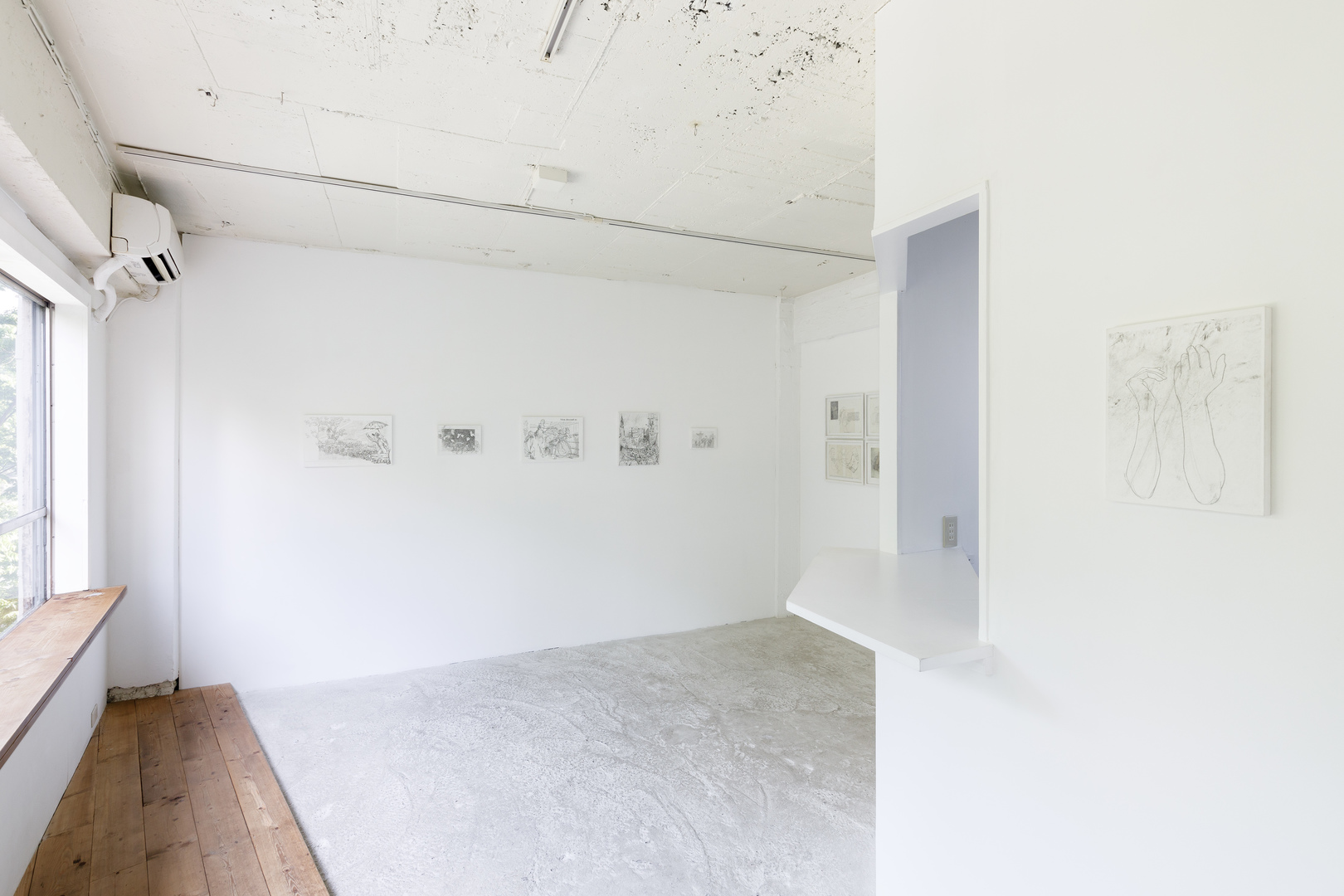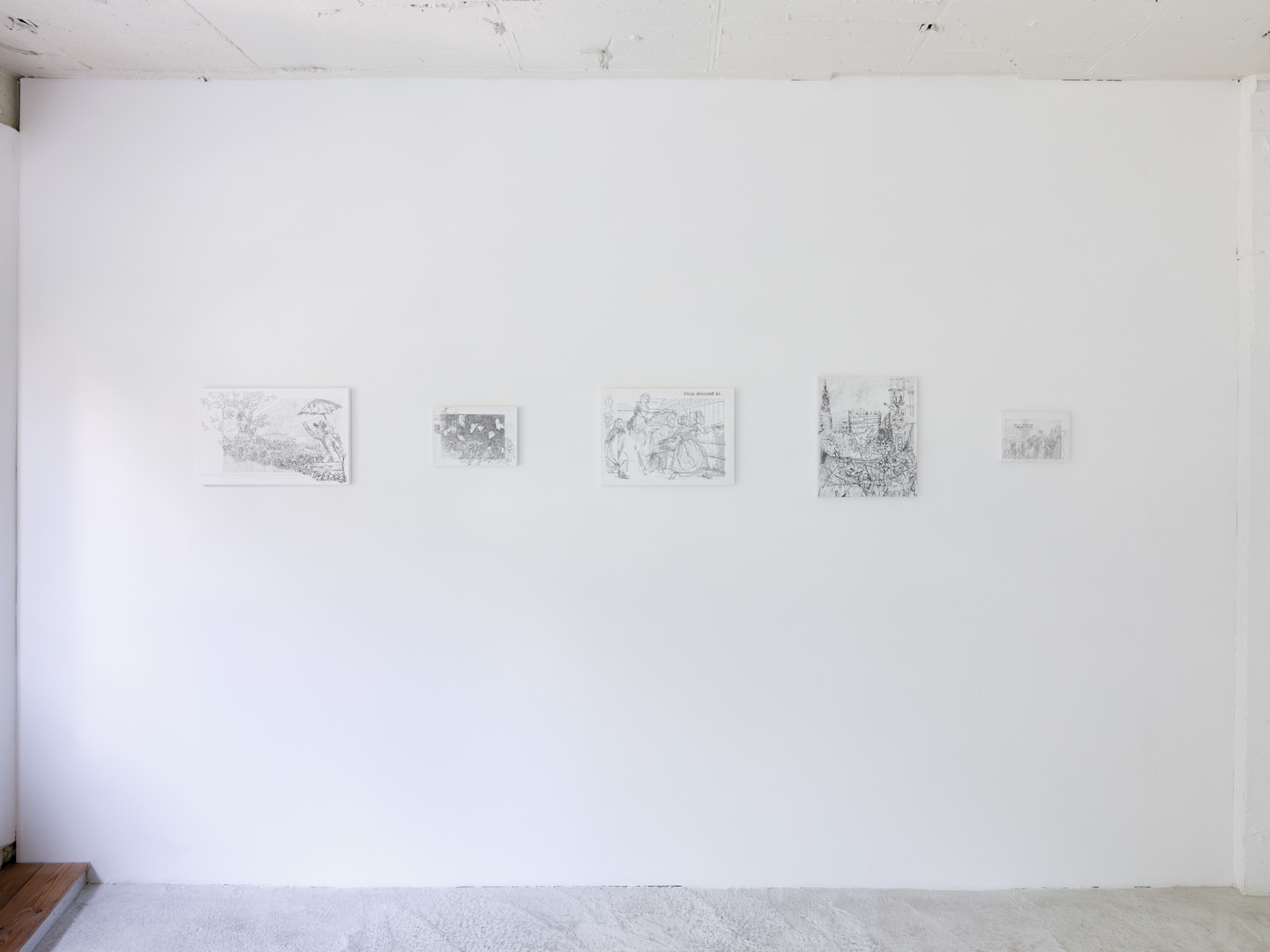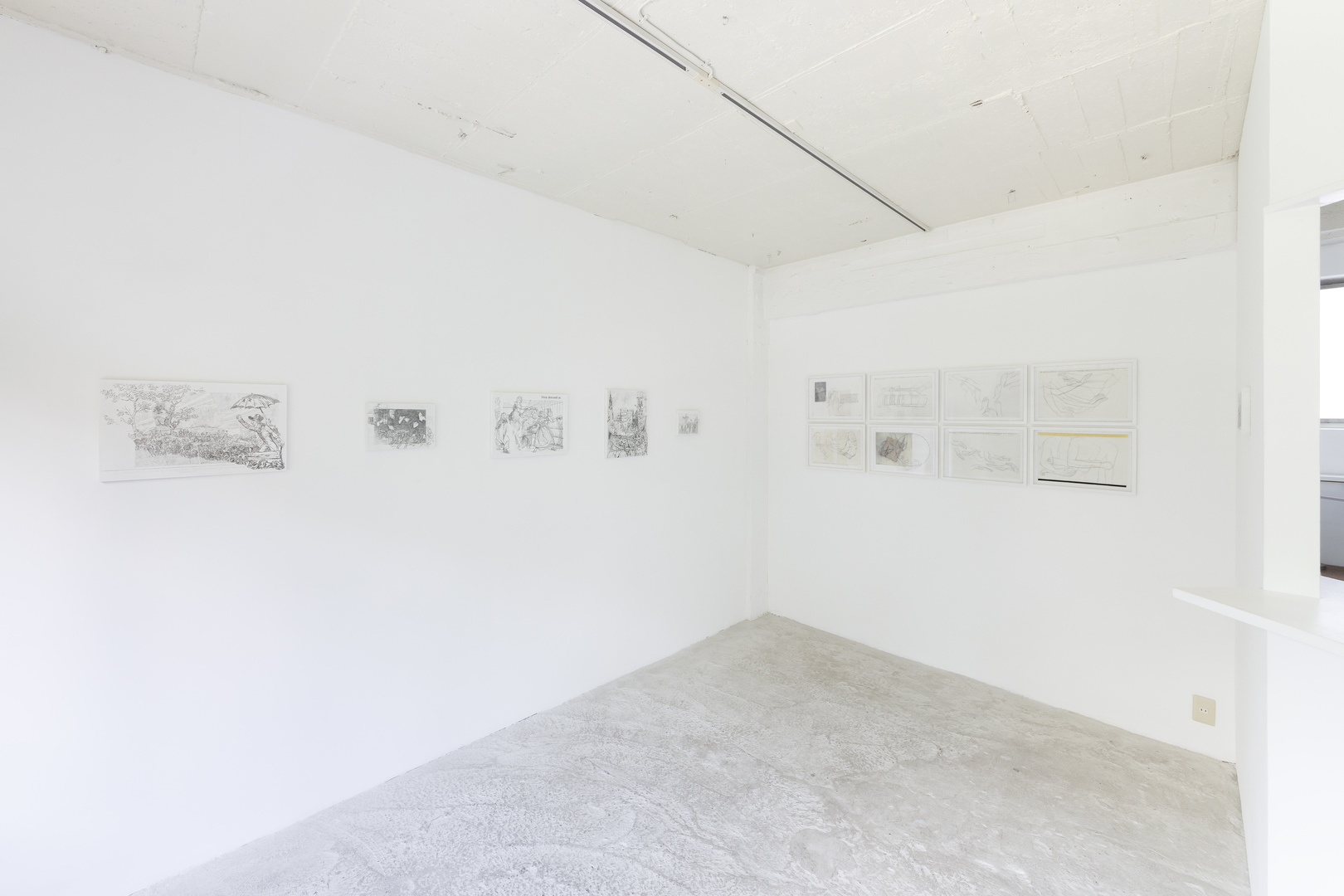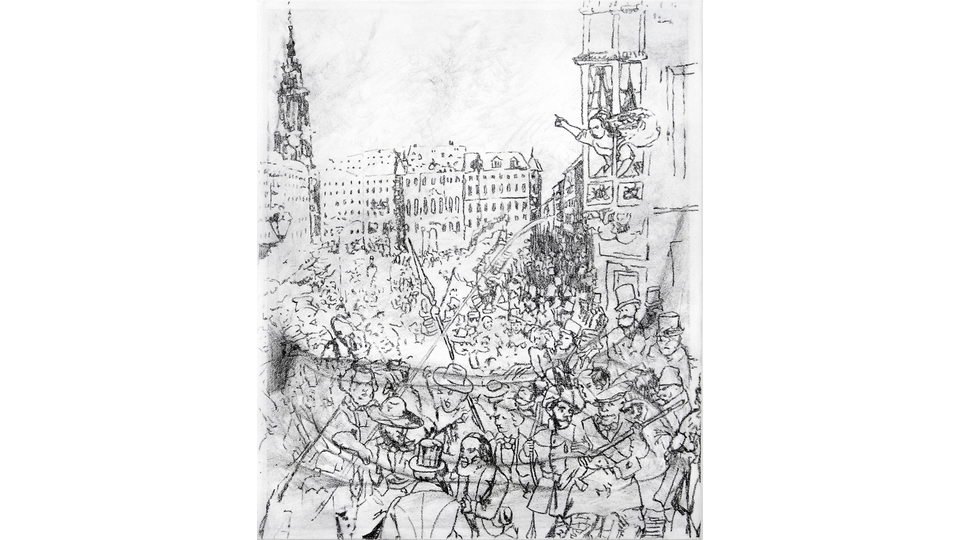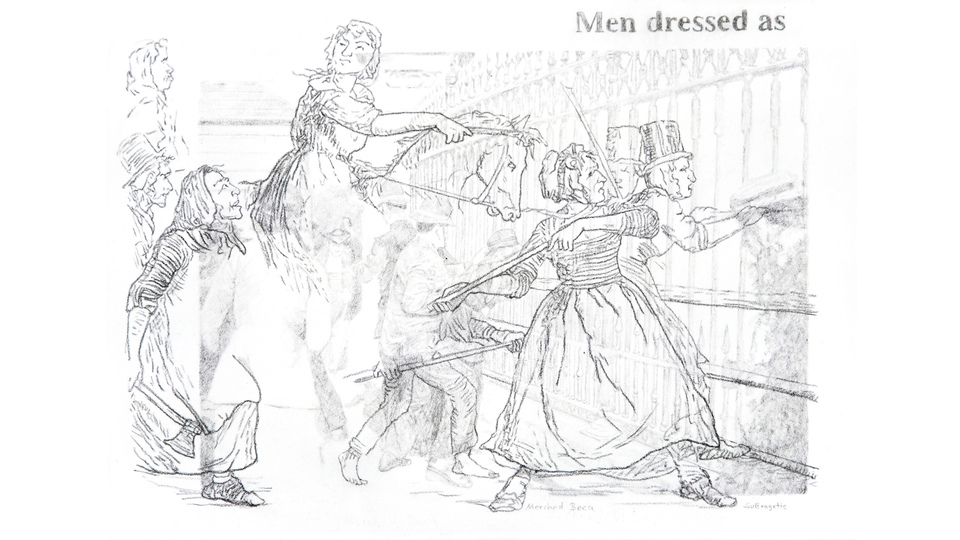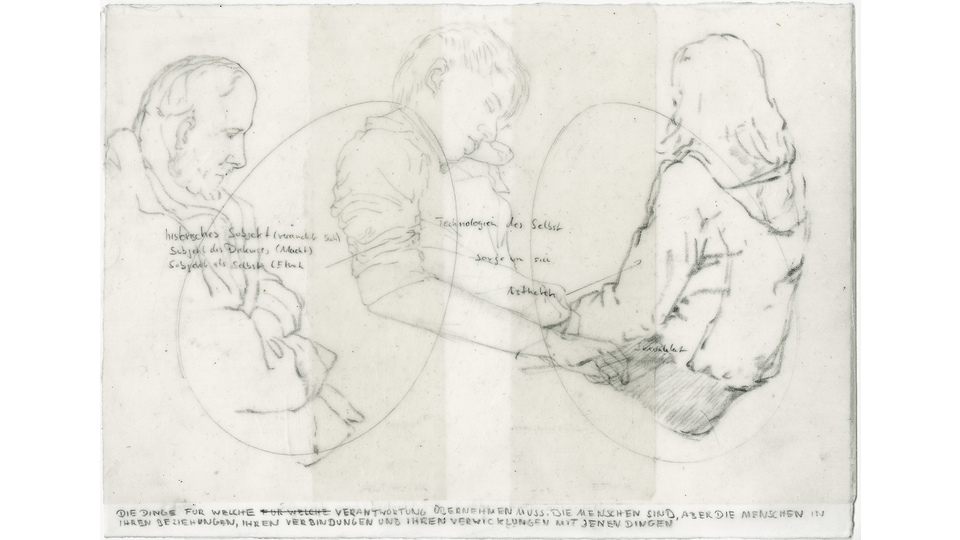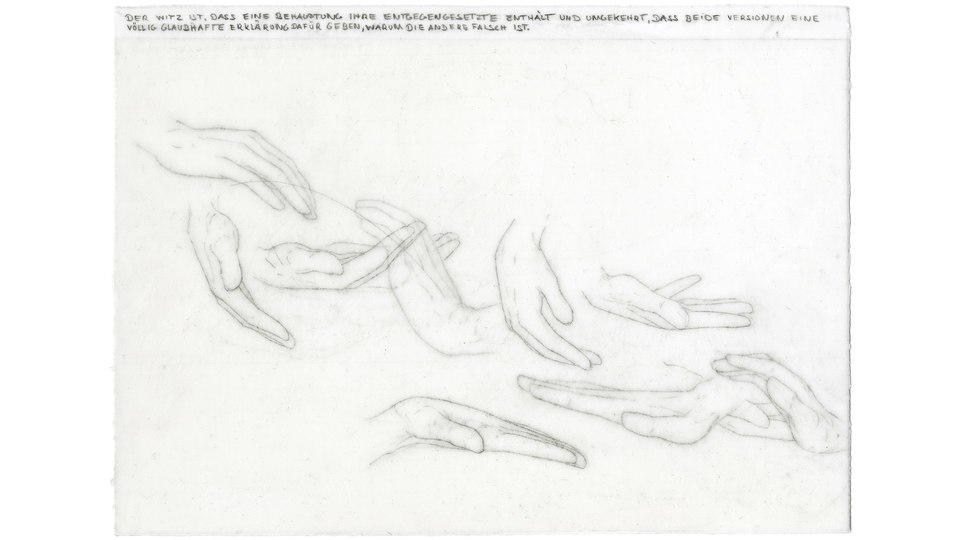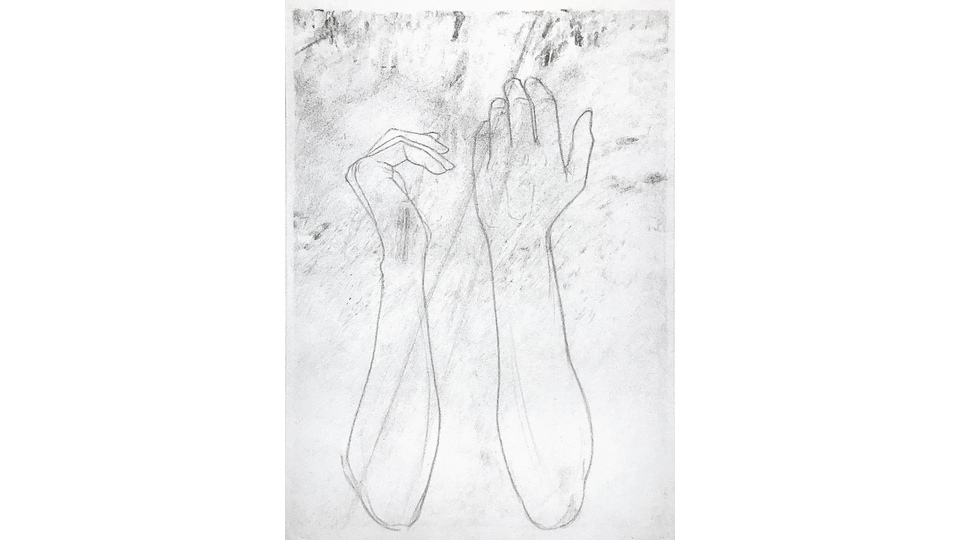Exhibitions
Ephemera
Timo Herbst
2024-04-26 until 2024-05-25
Timo Herbst Ephemera
- 2024.04.26(Fri)–05.25(Sat)
- Open Hours: Tue–Sat, 13:00-20:00
- Closed: Sun, Mon
- Closing: 05.25(Sat), 18:00-20:00 Artist will be present
KEN NAKAHASHI is pleased to present Timo Herbst’s solo exhibition, from Friday 26 April to Saturday 25 May 2024.
Timo Herbst
Born in Germany in 1982.
After studying philosophy and cultural studies at the University of Bremen, he studied art at the Leipzig Academy of Visual Arts.
After having had fellowships by the German government at Cité internationale des Arts and french residency program Fiminco Foundation, he is currently based in Paris.
Recent major exhibitions include 100% L'EXPO en plein air (Parc de La Villette Paris, 2023), Odysées Urbaines (Fiminco Foundation Paris/Romainville, 2023), Play by Rules (Kunsthalle Göppingen, Solo, 2023), The invisible thread (AVA Gallery, Cape Town, 2023), Play by Rules (LOAF Kyoto, Solo, 2022), Über die Zeichnung hinaus (Center of contemporary Art [ZAK], Berlin, 2022), Bühne Total (Bauhaus Museum Dessau, 2019), Rhythms (artothek – Museums Cologne, Solo, 2019).
His works are in the collections of the Staatliche Kunstsammlungen Dresden, Kunsthalle Göppingen, artothek Cologne, Bauhaus Museum Dessau, among others.
Herbst's interdisciplinary practice centers around selecting movement or choreography from artistic, everyday, and political spheres as a starting point for multimedia installations that include drawing, video, and sculpture. The artist's focus on the emergence of pertinent images of collective action and collective memory is linked to the use of gestural and physical forms of expression and their representation.
Drawing is an important practice for Herbst, especially as is has been produced since beginning of his career and is constantly evolving.
His drawings combine imagery from two different times and representations. Herbst says: "There are always at least two stories in each work, for the viewer to discover commonalities between each situation or event.”
His major drawing works include Gene. K (2010-11), which depicts the intricate movements of dancing feet, and Presto ma non assai (2011) and Fireworks (Tschaikowsky) (2011), which superimpose the hand movements of two conductors.
And Ephemera (2022-23) is a chronological drawing of gestures and historical representations based on newspapers, leaflets, posters and archives of German social and revolutionary movements between the 15th-20th centuries, researched together with the historian Duane Corpis.
In this work, Herbst establishes a library of protest gestures to demonstrate how these movements can be communicated and manipulated by the medium of art, putting the viewer at the centre of the action.
The exhibition will comprise a selection of around 20 works from the early years as well as new drawings series Zipper Merge that expand his practice on Ephemera.
Riku Iioka (Assistant Curator, Yokohama Museum of Art) reviews Ephemera, a solo exhibition by Timo Herbst.
Transmitted Gestures——Timo Herbst’s Drawings
Exclaiming; gesturing with raised hands, making hand signals; gatherings, occupying; hoisting slogans and images; silence; bodies resonating with others together; circulating images through the media.
Timo Herbst explores gestures of protest. For example Ephemera (2023) presents the tides of the times through chronologically ordered drawings on a 12 meter long Japanese paper, which are based on paintings and archival images of protest from the 15th century to date in Germany. The video installation Play by Rules (2015-) combines footage of protest movements that Herbst filmed together with Marcus Nebe in Budapest, Istanbul, Hamburg, Hong Kong, Kalkutta, Paris, Berlin, et al. These videos capture not only gestures of protest, but also the dynamics in the positional relationship between the people and the journalists who shoot demonstrations.
The show Ephemera at Ken Nakahishi softens its voice as if to isolate itself from the hustle and bustle of the gallery’s location in Shinjuku. Herbst’s early drawings Make Yourself an Organ (2011-2012) depicts progression of body gestures combined with philosophical text. Using multiple layers of Japanese paper— drawn on both sides— combined with wax creates a feeling of depth. Recurring gestures remind us of the dance notations: however some appear to diverge while others seem to echo. The artist does not portray a singular movement, but rather the contours of gestures that converge and blur.
Zipper Merge (2024) offers the impression of layered images through grades of intensity, or perhaps the traces of residual lines through the Japanese paper, which is more delicate than western paper. The images are based on those from historical archives in Europe, for example, in one drawing the Bundschuh Movement (1493-1517) converge with contemporary anti-war movements. In the former case, the peasants plagiarized the two-finger salute, used by aristocrats, to create a protest gesture. The contemporary peace sign that means “anti-war” came from the “V” sign used by politicians as a symbol of victory. Amidst the fight for voting rights in the UK in 1914, the image of a suffragette being torn away from Buckingham Palace is superimposed in another drawing over the images of peasants (dressed as women) trying to destroy the gate as reaction against feudal road tolls in 1843. The superimposition of the tollgate and fence, additionally a pole-wielding, marching peasant and the police who is pulling a woman away merge. Those examples demonstrate the dynamics of compounded movement. The title of the series of drawings Zipper Merge, referring to the point where two streams of traffic merge into one, indicates the overlap of movements from different times and places, creating an arrangement of gestures that transcends beyond individuals.
Visiting the show, I instinctively understood why he used Japanese paper. Timo Herbst’s aesthetic philosophy is inseparably connected with the physical properties of Japanese paper: the skin-like vulnerability, the milky translucency. Transcending the contour of individuals, the protest gestures are transmitted to us.
Riku Iioka (Assistant Curator, Yokohama Museum of Art)
